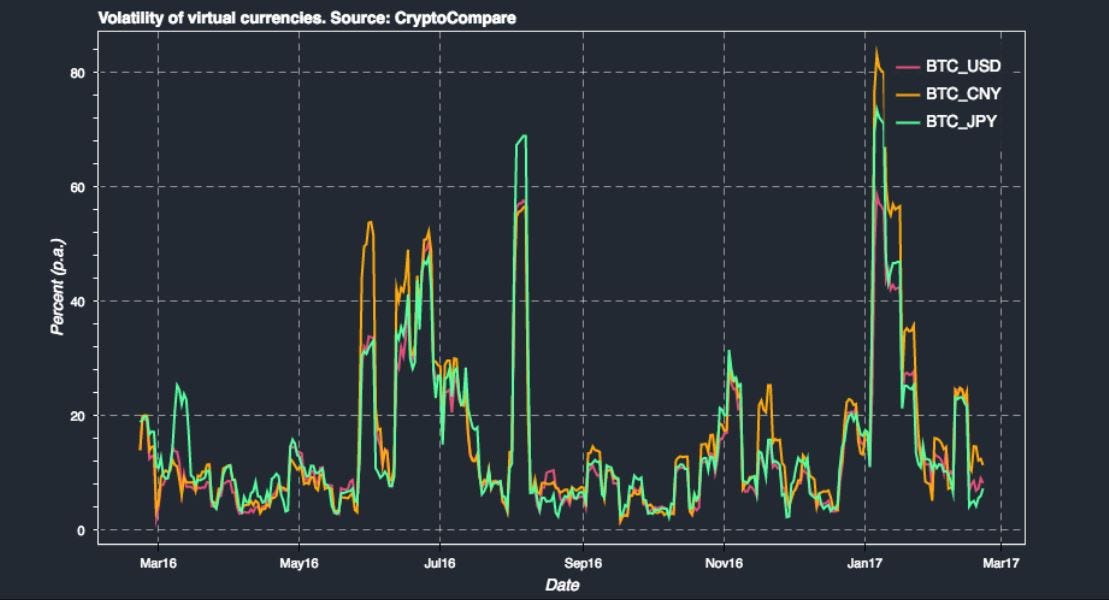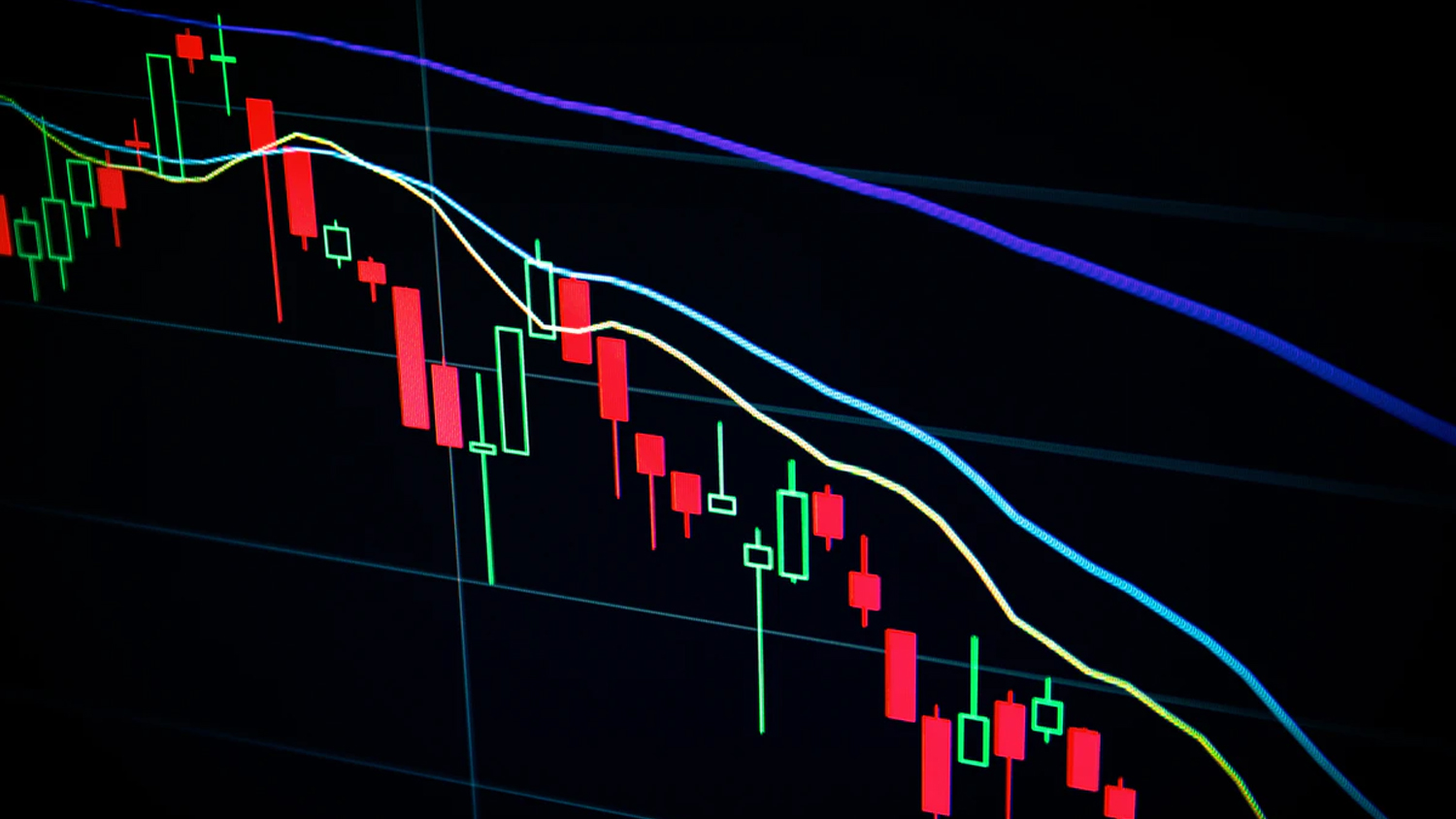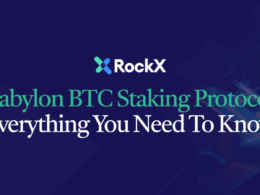The crypto market has opened new opportunities for investors to earn. Aside from trading or buying cryptocurrencies, you can also make money through staking. Staking crypto doesn’t require you to be an excellent crypto trader or investor.
In fact, depending on the project, most people can get started immediately, as long as they have enough coins. While relatively straightforward, staking can be a great avenue to increase your investments, but it is not without its risks like any attempt to do so.
Potential staking crypto risks
With all the possible risks involved in staking, these can be categorized in five ways; security, manipulation, price volatility, liquidity, and locked-in period.
Security isn’t guaranteed
Many investors turn to crypto staking because of its higher level of security compared to other systems. While it is true that staking is a lot more secure, security attacks and fraud can happen anywhere on the blockchain, with 100% protection not guaranteed. In one of the MIT Technology Reviews, a study validated that the crypto industry is becoming prone to hacks.
You can avoid the threat in security when staking crypto by adding extra layers of protection. For example, if you participate in Polkadot staking, you must change your wallet password as frequently as possible and never tell anyone about it. Also, when joining crypto communities to get ideas on staking pools, be wary of any invitations that do not seem familiar. You have to be skeptical whenever someone gives you a link to crypto bonuses or similar things.
Big players can dominate and manipulate
Market manipulation seems unavoidable because of the individuals and institutions holding significant stakes in the market, as evident from the “GameStop Short Squeeze” in January 2021.
Similar things can happen in crypto staking, where big can potentially bring the whole market up or down. Developers have the possibility to make it to the top staking coins list the more they have and considering some projects have no staking limit, a single person can stake twice or thrice the investment.
Price volatility
Blockchain is a decentralized system where no central banks or other financial institutions can determine its price. While De-Fi is ultimately better than conventional financial institutions and systems, this does not mean you are completely free from price volatility. No one is an exception to this threat.
Even the best staking coin can make you incur so many losses in a short period. The crypto market has always been this volatile. Despite that, investors continue to risk their money to make a good profit. Protect your money by doing your research about the price trend of a particular coin. It’s recommended not to get FOMO in this game, as otherwise, you will continue to make haphazard investments.

Liquidity is low
Liquidity is a term used in finance whenever a company closes. In crypto staking, this implies how easy it is for investors to convert their digital assets into cash whenever they decide not to continue with their investments. When you withdraw your stake together with your staking rewards without any intent to return to the stake, you call it a liquidation.
The liquidity principle is essential to traders and investors as it decides if they can enter or leave trades or suffer market fluctuations induced by factors such as slippage. This applies to all cryptocurrencies such as Bitcoin and conventional financial assets. Cash is considered the most liquid asset since it can quickly be turned into another asset. Investments such as property or valuable art are considered illiquid because they cannot be readily purchased or sold.
Coins with lower trading volume frequently face liquidation problems, which means they can easily get manipulated. This is true for new coins in the market as well. If you are a small investor, this can hurt your finances big time. Some small coins and decentralized exchanges perform what they call “wash trading,” where trades are inflated to make it look like there is high trading volume and high liquidity. It is easy for small investors to think that a De-Fi exchange is great for staking when liquidity is high, not knowing it’s only manipulated.
Locked-in period
When staking, your crypto is essentially used as insurance. The decentralized exchange uses your coins to power up its system, which is why you can get rewarded for the longer period of time you lend your coins. This is why crypto staking can become a good source of passive income if done right.
However, the locked-in period can take a toll on beginner investors. When you encounter emergencies and you need money, you can’t withdraw your stakes at any time unless the locked-in period lapses. Your funds are restricted whether the price of the coins goes up or down. This means you need to wait for the day you can take out your money. Furthermore, there’s no assurance that the value of the coin is higher by that time, so staking the coin in the first place can all be for not.
Final thoughts
Is staking crypto worth it? Definitely.
Staking can reap many rewards and is undoubtedly a great way to make a high profit, whether short or long. It allows you to make more with your digital assets and potentially compound your crypto passively.
However, like anything, there are always risks. It is important to take these into consideration as an investor and make considerate decisions when investing or staking.
This is exactly why any investor, whether big or small, should rely on professional, reliable staking providers to help them stake their coins. Staking-as-a-service companies like RockX help take your coins and stake them the right way, making this whole process of staking easy to do. Entrusting your coins via a trusted validator, you lower the risks involved and can rest assured your assets are compounding in time.









